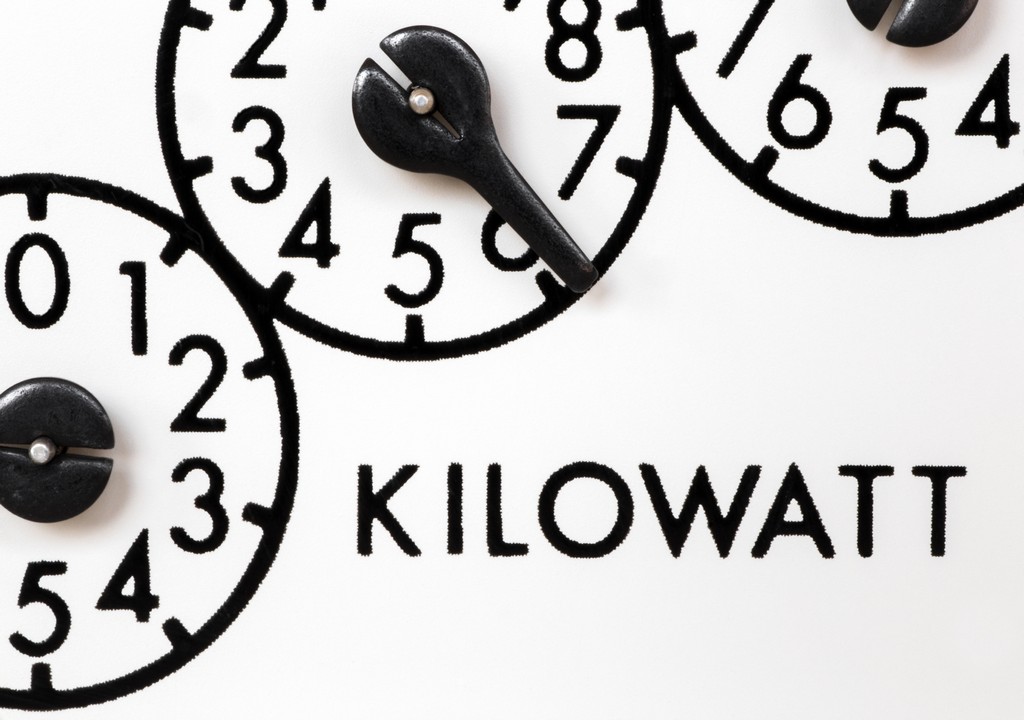Gov’t subsidies, transparency are gateway to lowering PH expensive electricity prices
- August 30, 2017
- 0

In the recently published Power Development Plan 2017 to 2040, the Philippines has one of the highest electricity tariffs in Southeast Asia as of end-2016, posting an average industry rate of P5.84 per kWh.
The country also accounts for having outstanding commercial and household rates of P7.49 per kWh and P8.90 per kWh, respectively.
These soaring prices, DOE said, is the effect of lack of government subsidies to levy the power sector in all levels including taxes, fees, and miscellaneous charges, that make up energy rates nationwide.
“Thailand, Indonesia, and Malaysia arguably have subsidies. In addition, taxes, fees, and other charges are also levied on the power industry sectors composed of the generation, transmission, and distribution levels which constitute a portion of electricity rates in the Philippines,” DOE said.
But on a lighter note, the government viewed this concern as a gateway for “greater transparency” in looking into the country’s high electricity tariffs.
“Greater transparency of having reasonably-priced electricity rates through more unbundling of items in the energy supply chain remains part of the major thrusts of the DOE, its attached agencies, and the Energy Regulatory Commission,” DOE added.
In a study conducted by International Energy Consultants (IEC) last year, an Australian consulting firm, Manila Electric Co. (Meralco) was found the third top-ranking electricity distributor in Asia, fourth in the Asia Pacific, and 16th in global ranks.
Meralco moved from second to third based on IEC’s survey after its average rates, excluding taxes, went down by 28 percent from January 2012 to January 2016. This is mainly due to the electricity retail’s reduced distribution fees, lower system loss, and sourcing strategies.
Overall, there is an average decline of 19 percent across 44 countries during the four-year period due to the continuous decrease in power generation and fuel costs, IEC said.